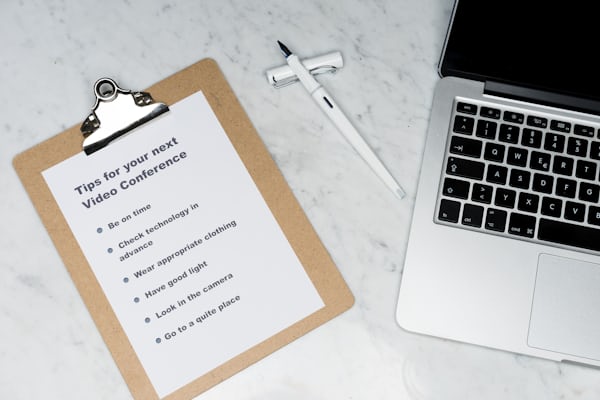Making lists

Using lists properly can help you get organized, keep you motivated as you cross off little ‘wins’ and help you prioritize the tasks for the day, week or month ahead. This sounds like a very simple idea and probably does not deserve its own web page. However, many students have trouble making lists that are effective and efficient. They make lists, but often they should have saved their time and not bothered.
Lists can be your BFF, but only if they have the right stuff in the list and you use the list.
Suggestions
Create multiple lists in an hierarchy, perhaps several. For example, a term list, this month, next month, this week, each day. Perhaps one page for immediate, pending stuff and another page for the long term stuff to think about. Do not mix it all together.
Actually hand-write out the lists - it is better to physcially write than cut/paste or type. More of the brain is used and the ideas are more sticky.

At the start of each day, week, and month, quickly write out the lists again. Yep. Make the daily list fresh each day. Weekly list each week, etc. This repetition and reflection upon what is in the list will help you with making a useful and relevant list, as well as setting priorities, focus.
In the lists, make sure that you identify high value items - activities that will hurt if you mess them up.
It is also a good idea of having lists of what not to do, lessons to not repeat, things to always think about!
Always note deadlines, when things are due and use some kind of scheme to indicate when you should start something - earliest start, latest start.
Have some way of noting that one list item follows another, is dependent upon an earlier task, or must be done in parallel with another.
Add stuff to the lists when the ideas arise, and do not try to remember to add to the list later. Often does not happen.
When something is 'done', have a way to mark it done, finished. It is good to see progress, and it can make you feel good.
When you get close to when something on the list must be done and it is more than 1-2 hours, break it down into smaller bits - each no more than 2 hours.
When you finish a learning cycle (e.g., 25 minutes) or finish something and want to start another task, use the list. Use the list to identify priorities and when all else is equal, pick something that you can start and finish in the time you have.